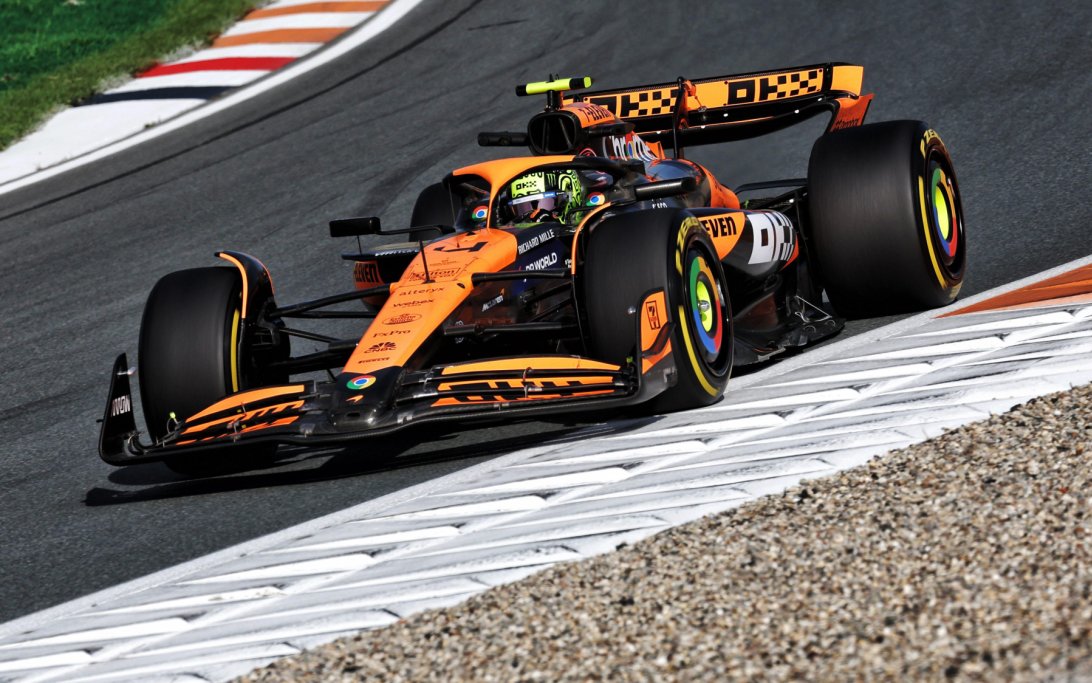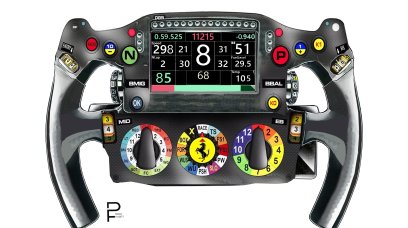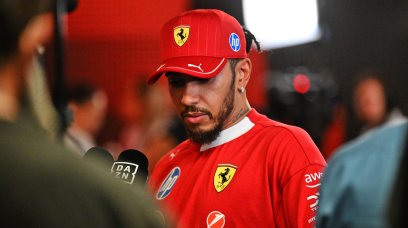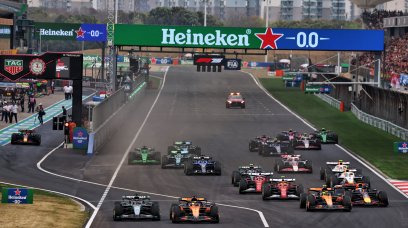McLaren has introduced a second major update package for the Dutch Grand Prix, after already putting the first one on the car in Miami.
It signals a remarkable job for the aerodynamics department of the Woking-based team, which has consistently delivered across the past two seasons to improve the car.
They optimised all the resources at their disposal, in terms of hours in the wind tunnel and CFD simulations. This involved analysing practically every area of the car, from the front to the rear.
What is very interesting to see are the changes to the external elements of the suspension, both front and rear. They are characterised by a different profile, including at the brake ducts, effectively directing the airflow that passes this area, increasing aerodynamic efficiency.
Text continues below the photos, where the updates from Miami and Austria are shown.
MCL38 configuration
Not only have the suspensions been addressed, the floor is now characterised by a different side edge. In addition, the rear wing with a higher carrying capacity makes its entrance at Zandvoort.
This differs from the rear wing in Monaco and Hungary, not only by the upper part, but also in the profiling of the beam wing, to facilitate the extraction of the lower airflow from the diffuser.
These are new features that in fact represent the configuration that will characterise the MCL38 in the second part of the season. This must of course take into account the changes of the circuits in terms of downforce.
In doing so, we already look ahead to next weekend's race at Monza, where the aerodynamic setup will clearly be of minimal downforce and reduced drag.
Both drivers have benefited from the development by carrying out various tests. They tested a lot, especially in the area of visualising airflow, using flow viz on the elements of the rear suspension and wing.
During the first run in the second free practice, aero rakes were used on the front of the car with various sensors to analyse the local pressure of airflow in front of the sidepods.
Don't miss out on any of the Formula 1 action thanks to this handy 2026 F1 calendar that can be easily loaded into your smartphone or PC.
Download the calenderMost read
In this article












Join the conversation!